Health and Medicine
Explore Health and Medicine
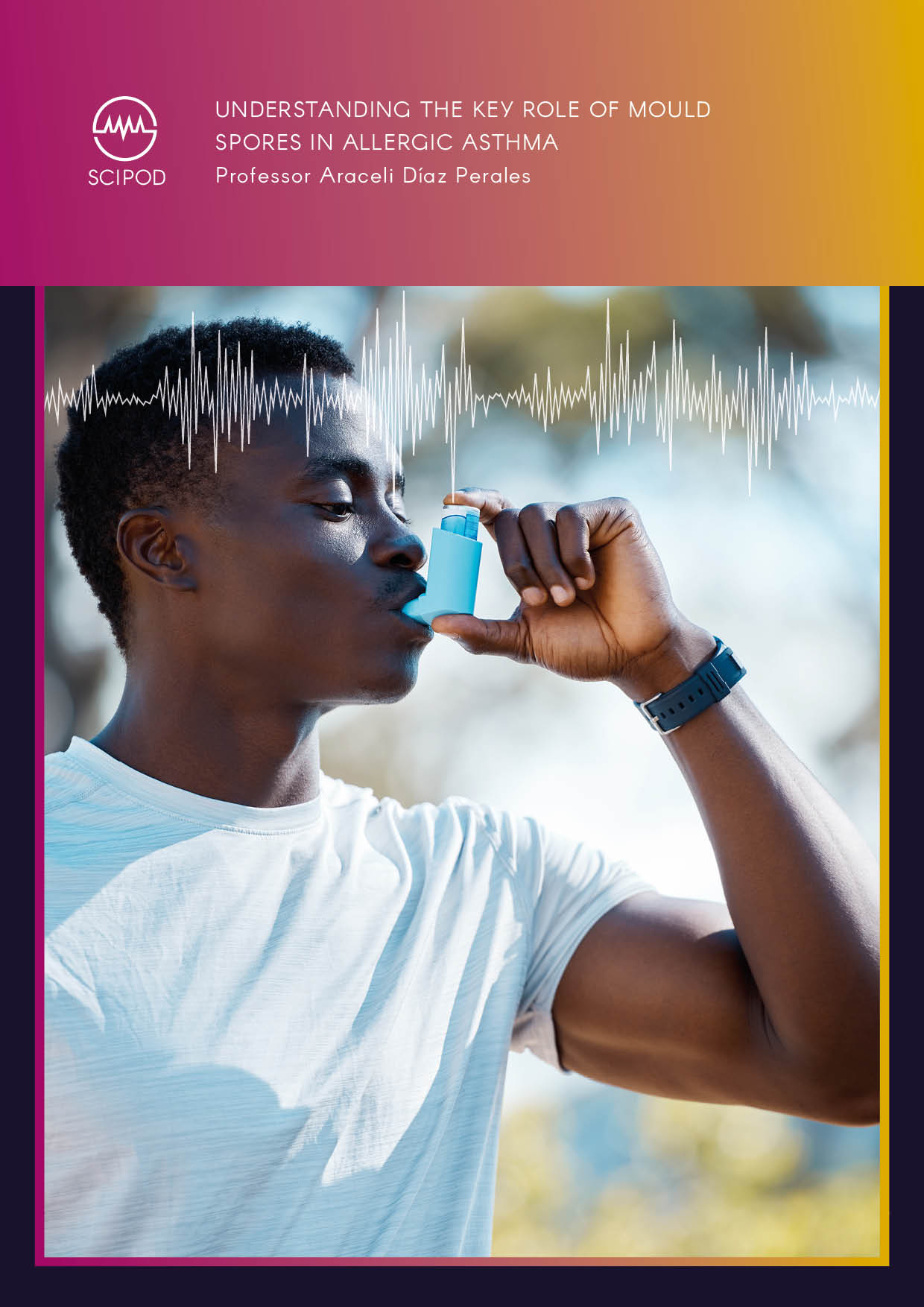
Professor Araceli Díaz Perales | Understanding the Key Role of Mould Spores in Allergic Asthma
Professor Araceli Díaz Perales and her colleagues at the Centre for Plant Biotechnology and Genomics in Spain have made the discovery that mould spores on straw contribute to the increase in allergic asthma reactions. Their work utilising an experimental mouse model of human asthma has important implications for understanding, preventing and treating this common condition.

Daniel Bryant, M.D | Single-Payer Health Care: Financial Implications for a Physician
When considering proposed reforms of the US health care system, some physicians dismiss a single-payer system that would provide health care for all residents, as they believe their incomes would be reduced. In a recent study, Daniel Bryant, M.D., finds that state-based single-payer schemes may actually lead to increased personal incomes for physicians. His work also provides a template for evaluating the financial consequences for physicians within a single-payer health care system.
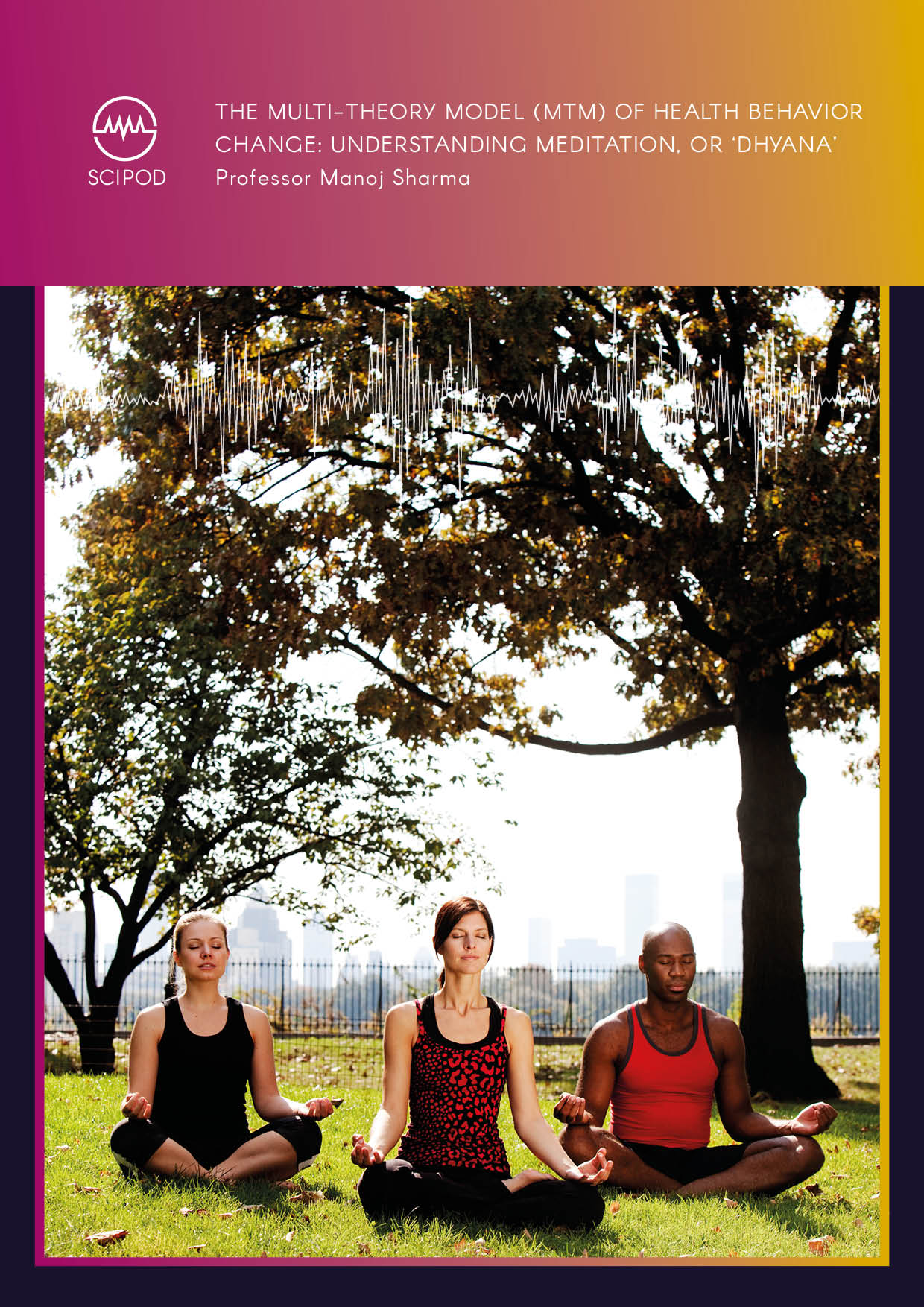
Professor Manoj Sharma | The Multi-theory Model (MTM) of Health Behavior Change: Understanding Meditation, or ‘Dhyana’
The multi-theory model – or ‘MTM’ – of health behavior change provides a theoretical framework for understanding and promoting health behaviors. Professor Manoj Sharma from the University of Nevada, Las Vegas, has now applied this model to understand the factors that lead people to take up meditation – or ‘dhyana’ – and to maintain this health-related behavior over time. His findings confirm the utility of the MTM in informing behavior change interventions and open up important avenues for future research.
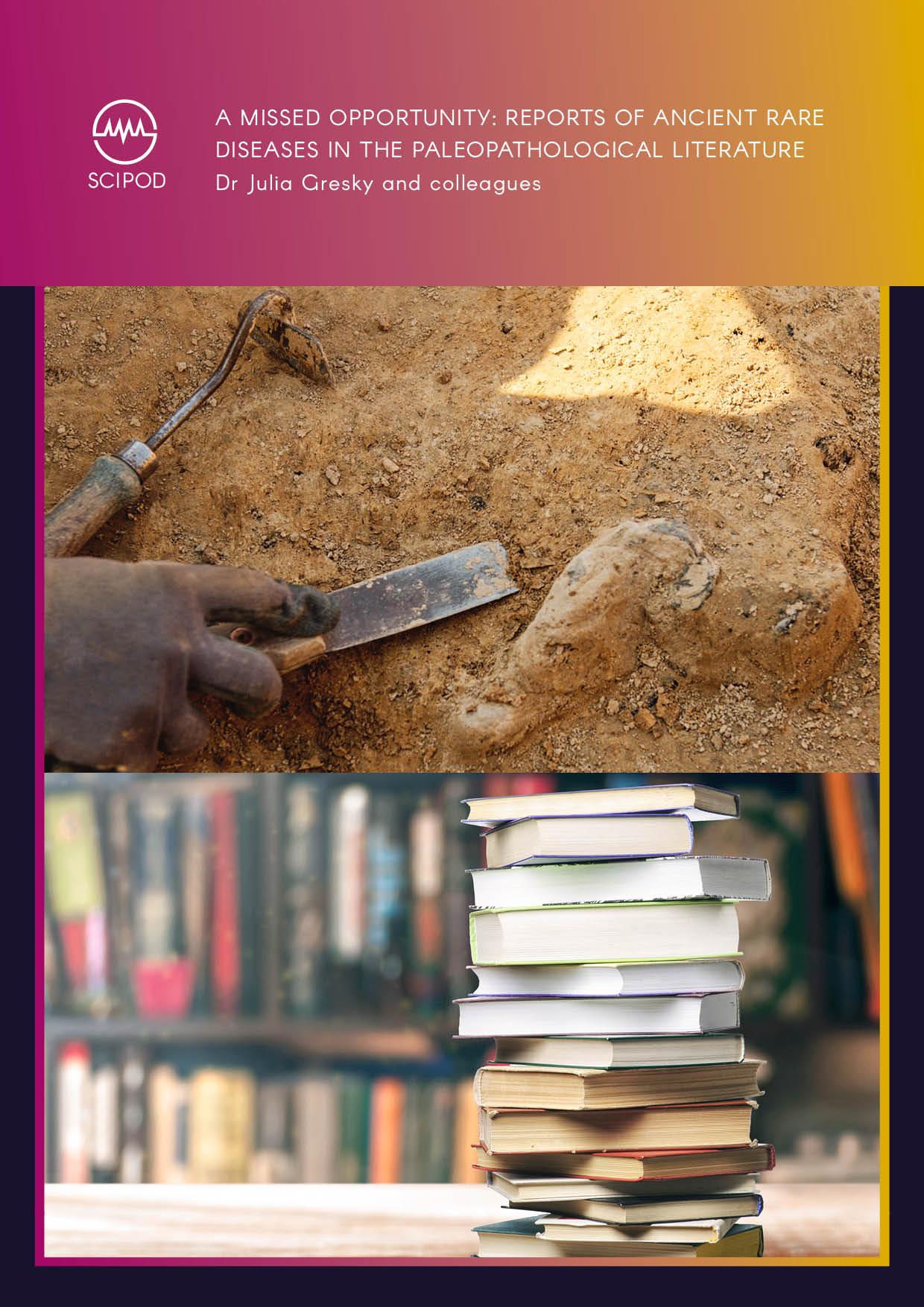
Dr Julia Gresky | A Missed Opportunity: Reports of Ancient Rare Diseases in the Paleopathological Literature
Dr Julia Gresky of the German Archaeological Institute and her colleagues examined the frequency and content of accounts of ancient rare diseases in the paleopathological literature. By studying published records over the past 45 years, the researchers provide a long-term perspective on the reporting of rare diseases in archaeological contexts. Despite methodological advancements, their work shows that there is much still to be achieved in this fascinating but understudied field.
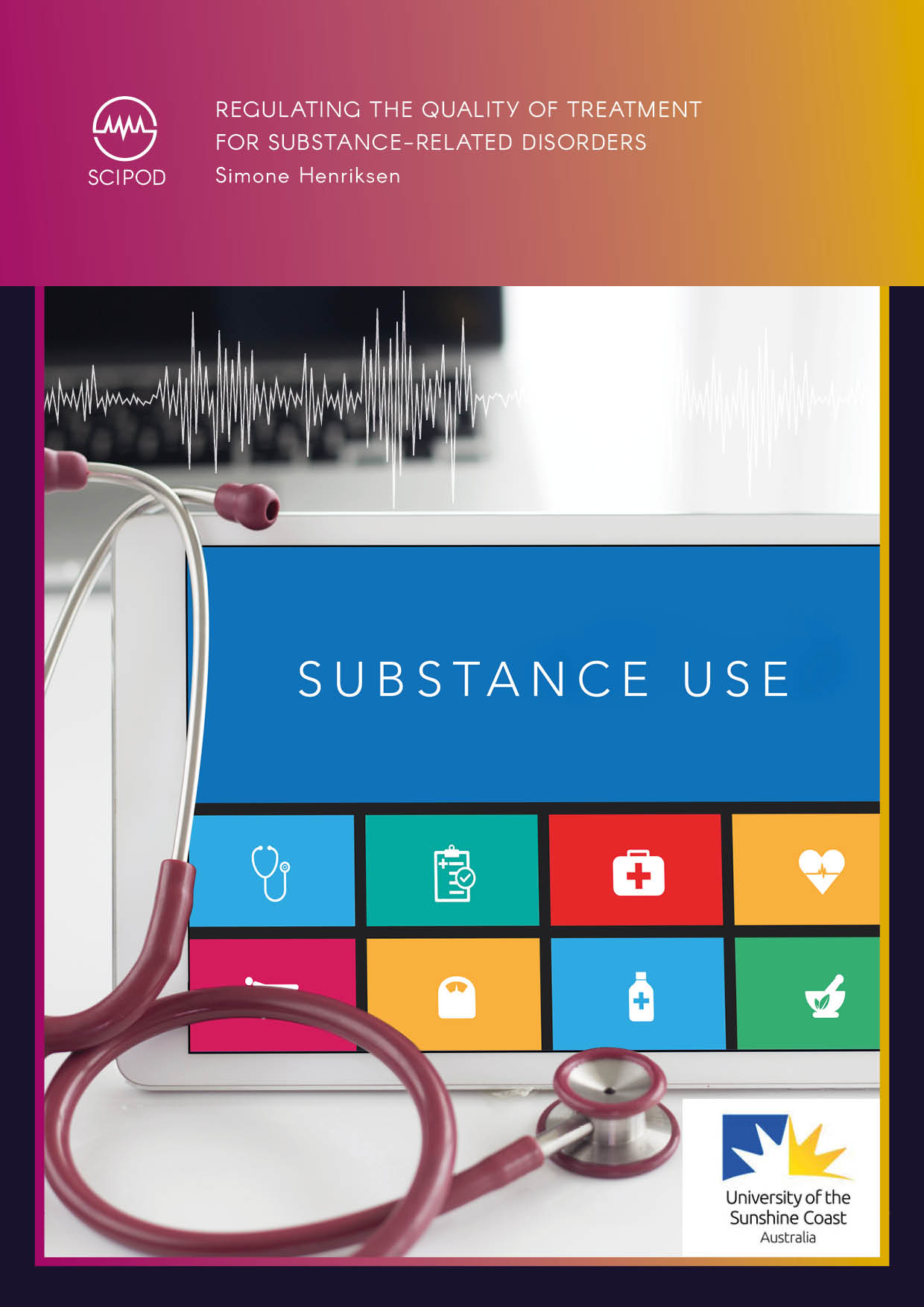
Simone Henriksen | Regulating the Quality of Treatment for Substance-related Disorders
In Australia, like in many countries, substance related disorders remain a pressing societal concern. The Australian government recently introduced a new framework to help regulate the quality of care provided and this has been reviewed by Simone Henriksen from the University of the Sunshine Coast. Her analysis highlights a variety of challenges that need to be faced and she provides critical recommendations to support the implementation and sustained usage of the new framework.
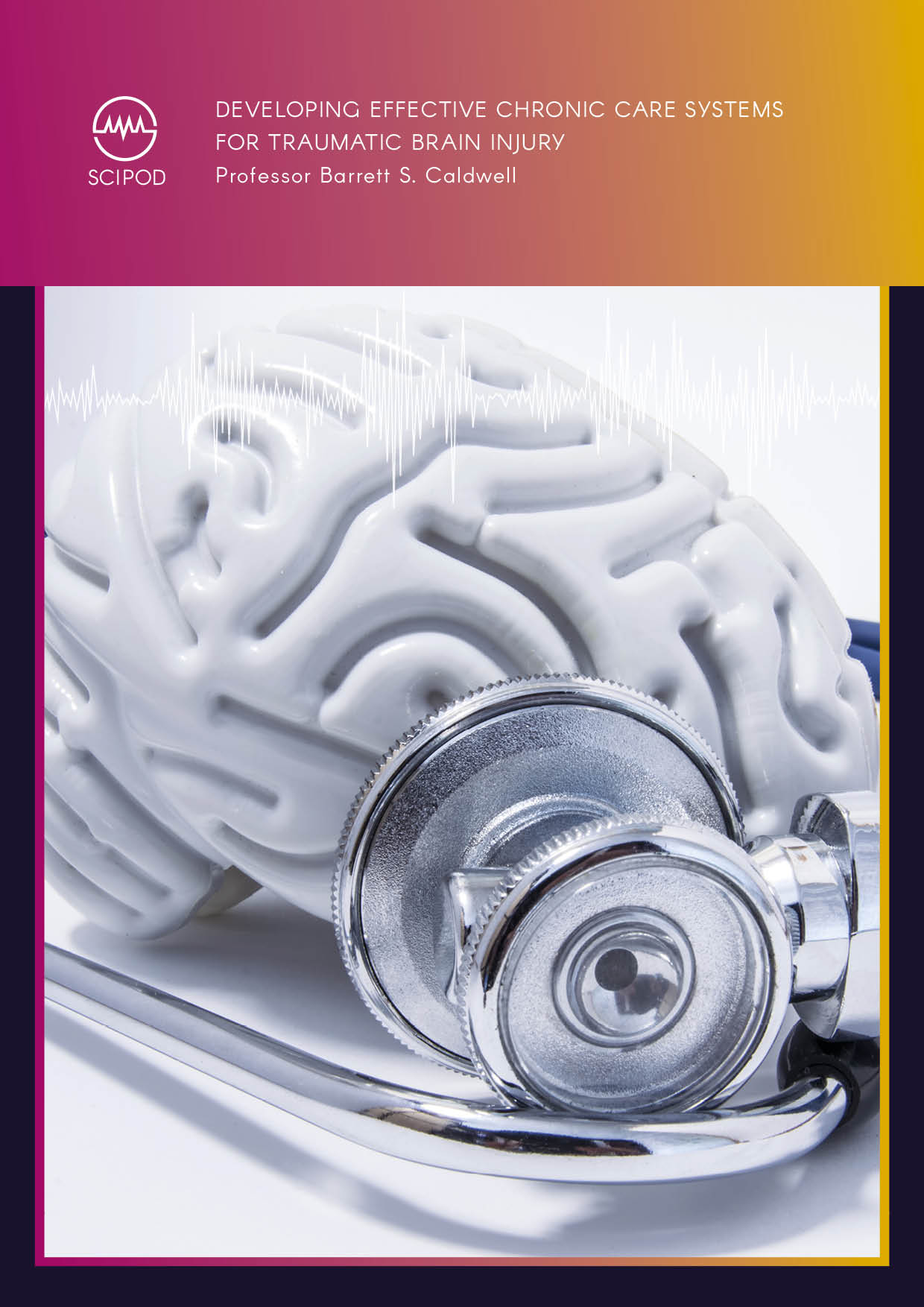
Professor Barrett S. Caldwell | Developing Effective Chronic Care Systems for Traumatic Brain Injury
An estimated 69 million people worldwide are currently living with traumatic brain injury (TBI). TBI can lead to short- and long-term conditions including sleep disorders, depression, headaches and an increased risk of suicide. TBI has recently been recognised as a chronic condition, although the human factors involved in recovery remain understudied. Working to address this is Professor Barrett S. Caldwell who leads the GROUPER Laboratory at Purdue University, USA.
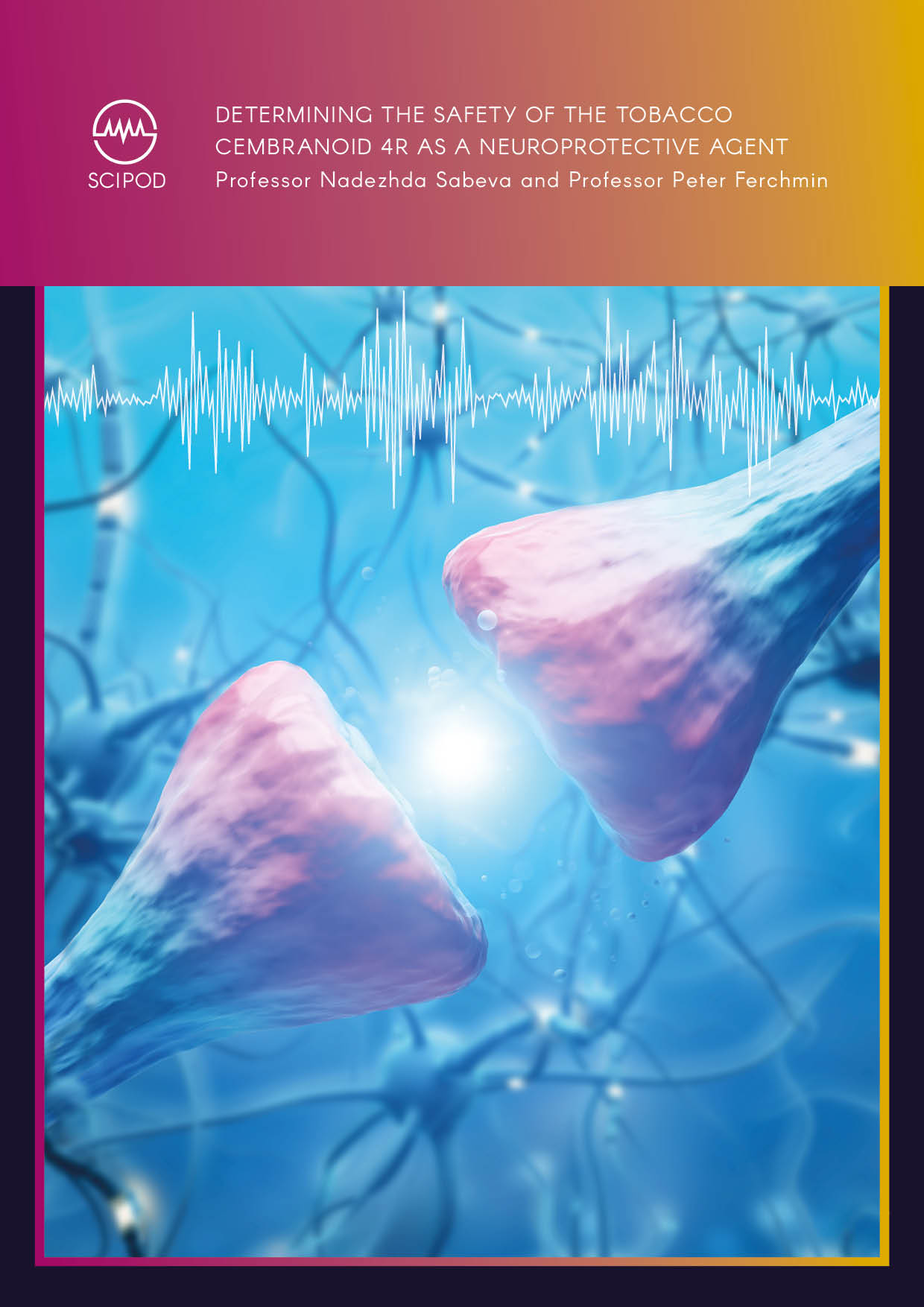
Professor Nadezhda Sabeva – Professor Peter Ferchmin | Determining the Safety of the Tobacco Cembranoid 4R as a Neuroprotective Agent
Increased use of organophosphate chemicals in industry, agriculture and warfare has led to a rising threat of exposure to these neurotoxins in civilian and military populations. Though their danger has been recognised and efforts made to decrease concentrations used, even at low doses these chemicals can still pose significant risks to exposed individuals. Finding effective treatments to counteract the impact of exposure is becoming increasingly important and is the focus of research by Professor Nadezhda Sabeva and Professor Peter Ferchmin at the Universidad Central del Caribe, Puerto Rico.
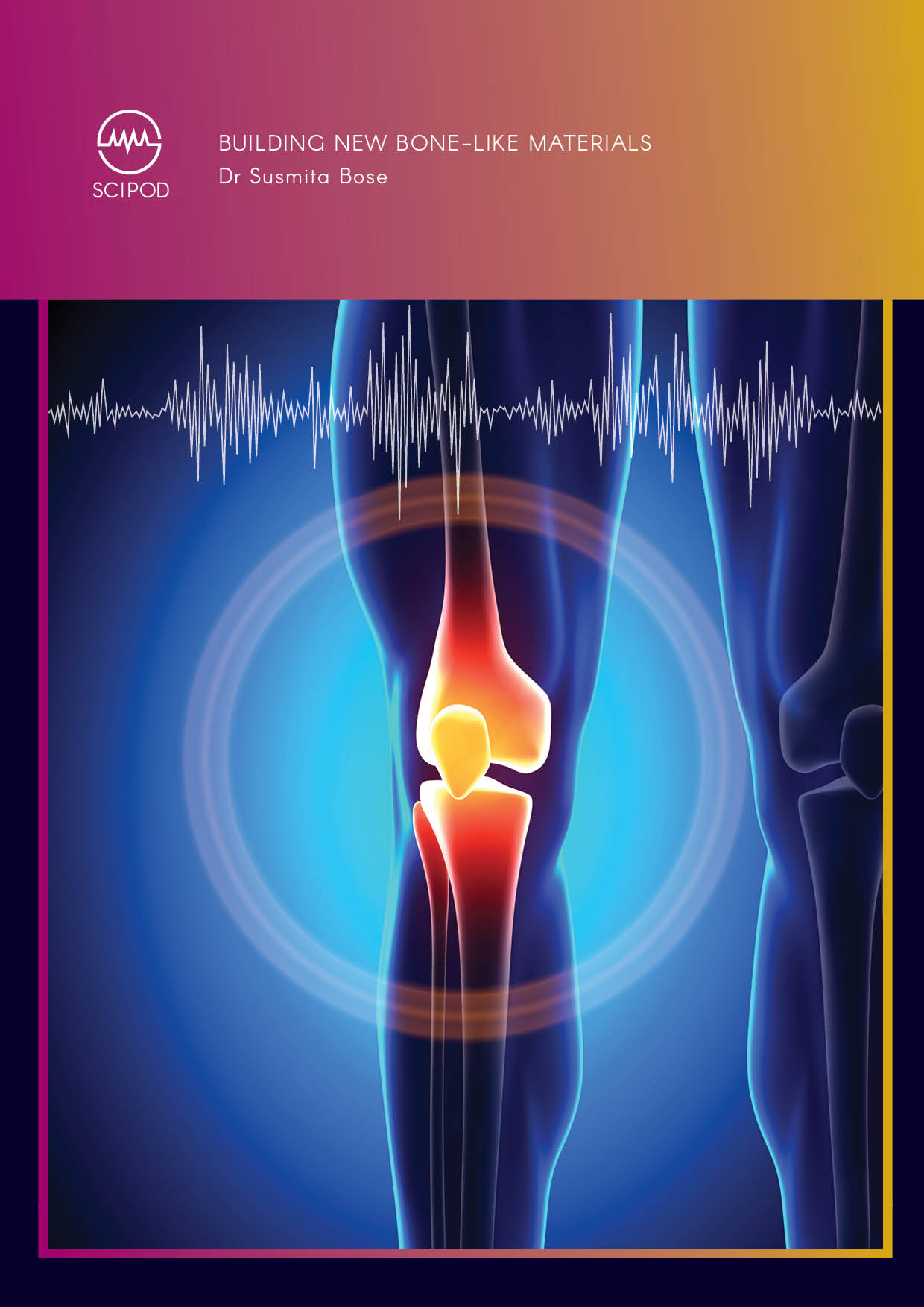
Dr Susmita Bose | 3D Printed Bone-like Materials for Delivering Natural Medicine
Some of the greatest advances in medical history have revolved around the creation of new materials that can replace damaged tissues in the body. Today, many researchers focus on creating materials that can replace damaged bone tissue, which often cannot heal naturally. Dr Susmita Bose and her team at Washington State University have been researching ways to engineer exciting new materials that mimic the structure of natural bone, allowing us to live happier, healthier, and longer lives.
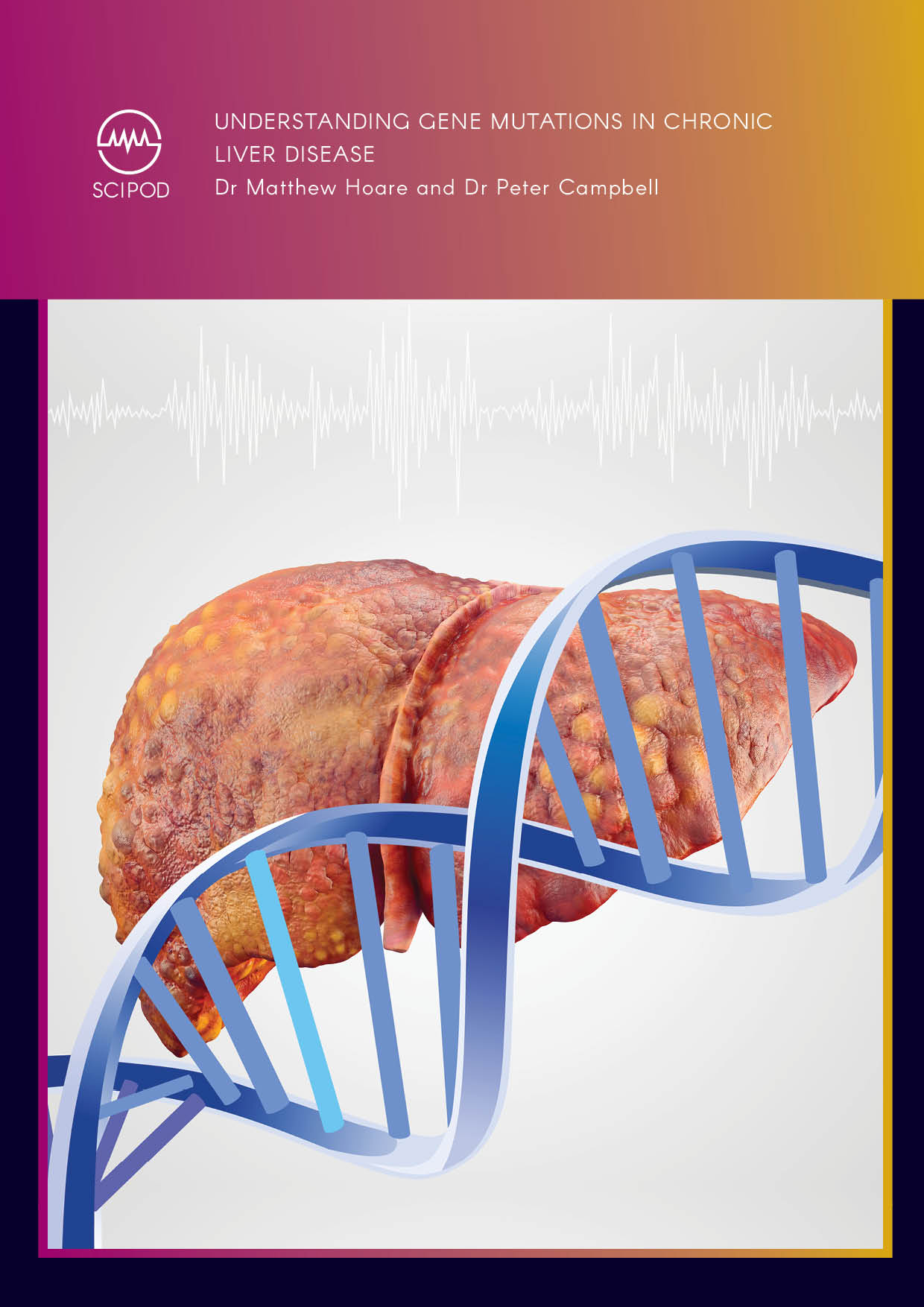
Dr Matthew Hoare | Dr Peter Campbell – Understanding Gene Mutations in Chronic Liver Disease
Liver disease is reported to be the third largest cause of premature death in the UK, with 75% of patients being diagnosed too late for any meaningful intervention. Dr Matthew Hoare from the University of Cambridge, and Dr Peter Campbell from the Sanger Institute, lead a team conducting research into the genome changes associated with chronic liver disease to help understand the cause and consequence of these changes.
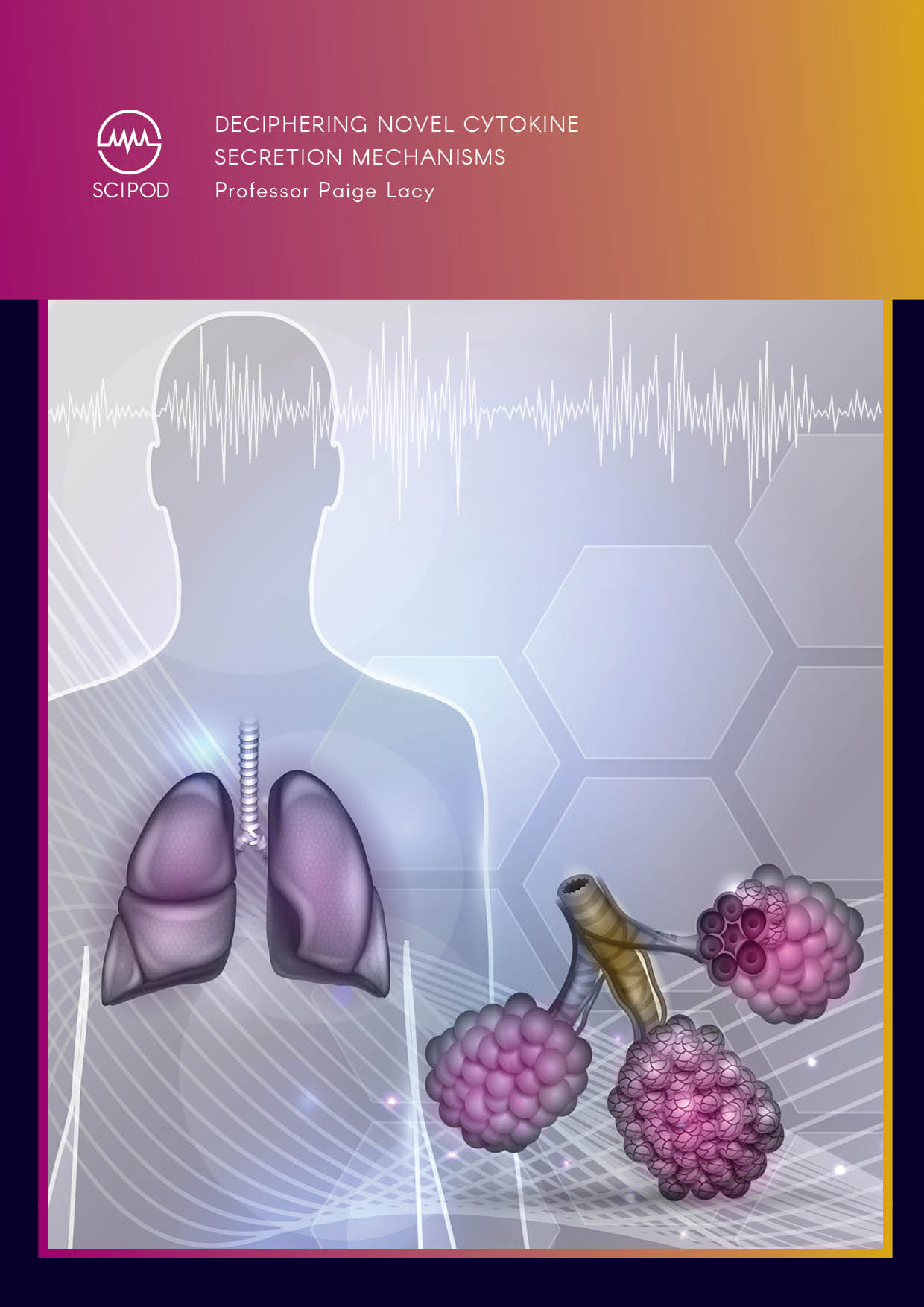
Professor Paige Lacy | Deciphering Novel Cytokine Secretion Mechanisms
Following exposure to injury or infection, the body elicits a counteractive immune response which involves many different cell types and processes. Cytokines are substances secreted by cells which play a pivotal role in the regulation of this response. Professor Paige Lacy and colleagues in the Department of Medicine at the University of Alberta in Edmonton, Canada, have conducted extensive research into the exact mechanisms underpinning the regulation of cytokine release during the immune response with a particular focus on airway inflammatory disorders.
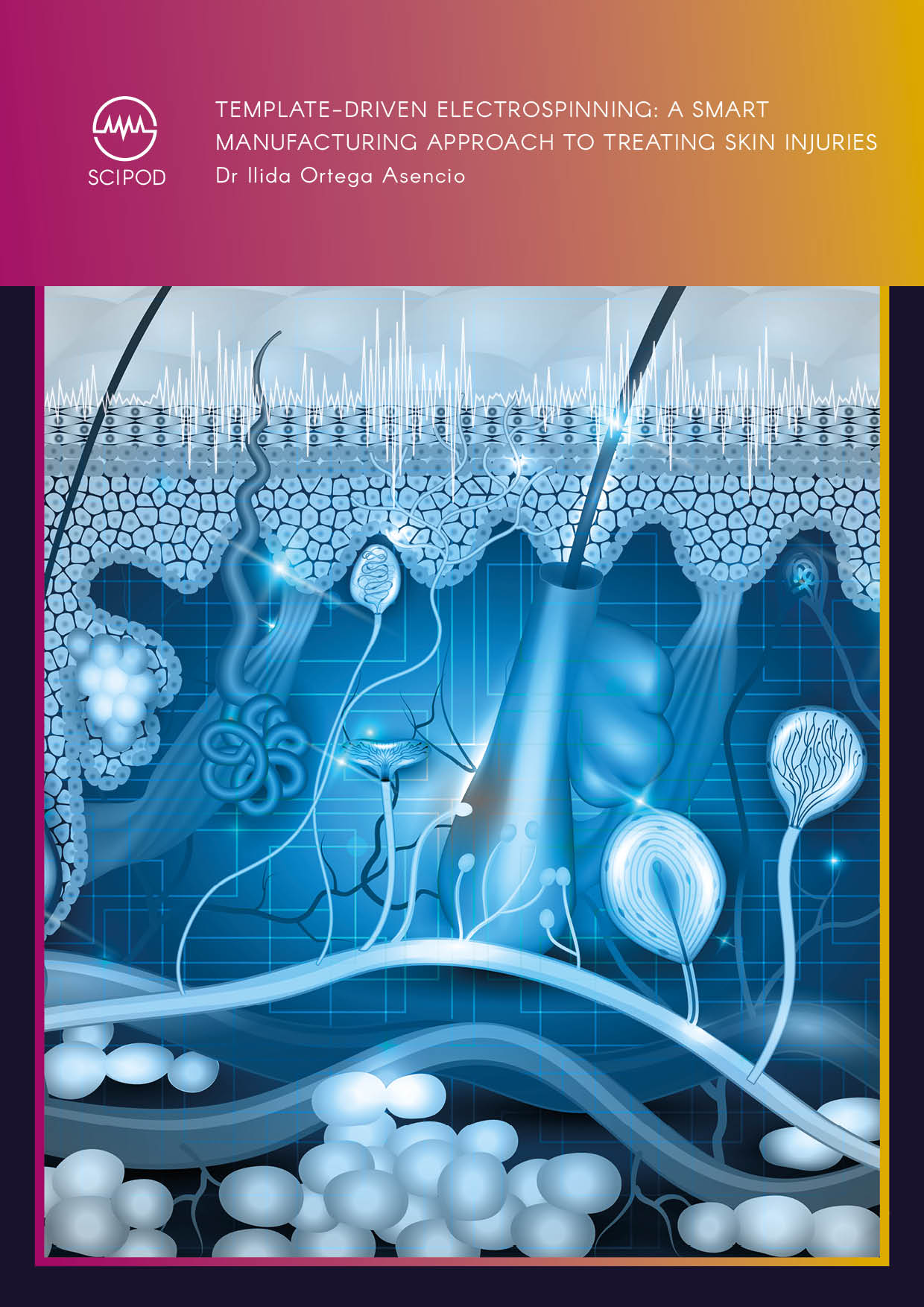
Dr Ilida Ortega Asencio | Template-driven Electrospinning: A Smart Manufacturing Approach to Treating Skin Injuries
Human skin acts as an important line of defence against the external environment. To preserve this important function, the regeneration of injured skin is critical. Scientists are now able to artificially replicate aspects of the complex microenvironment in which human skin stem cells reside thanks to the technological advances in the field of biomaterial devices. Dr Ilida Ortega Asencio, from the University of Sheffield, UK, and her team have developed a new approach in which electrospun patches with defined microenvironments can be functionalised with key compounds to aid the formation of new blood vessels in injured skin.
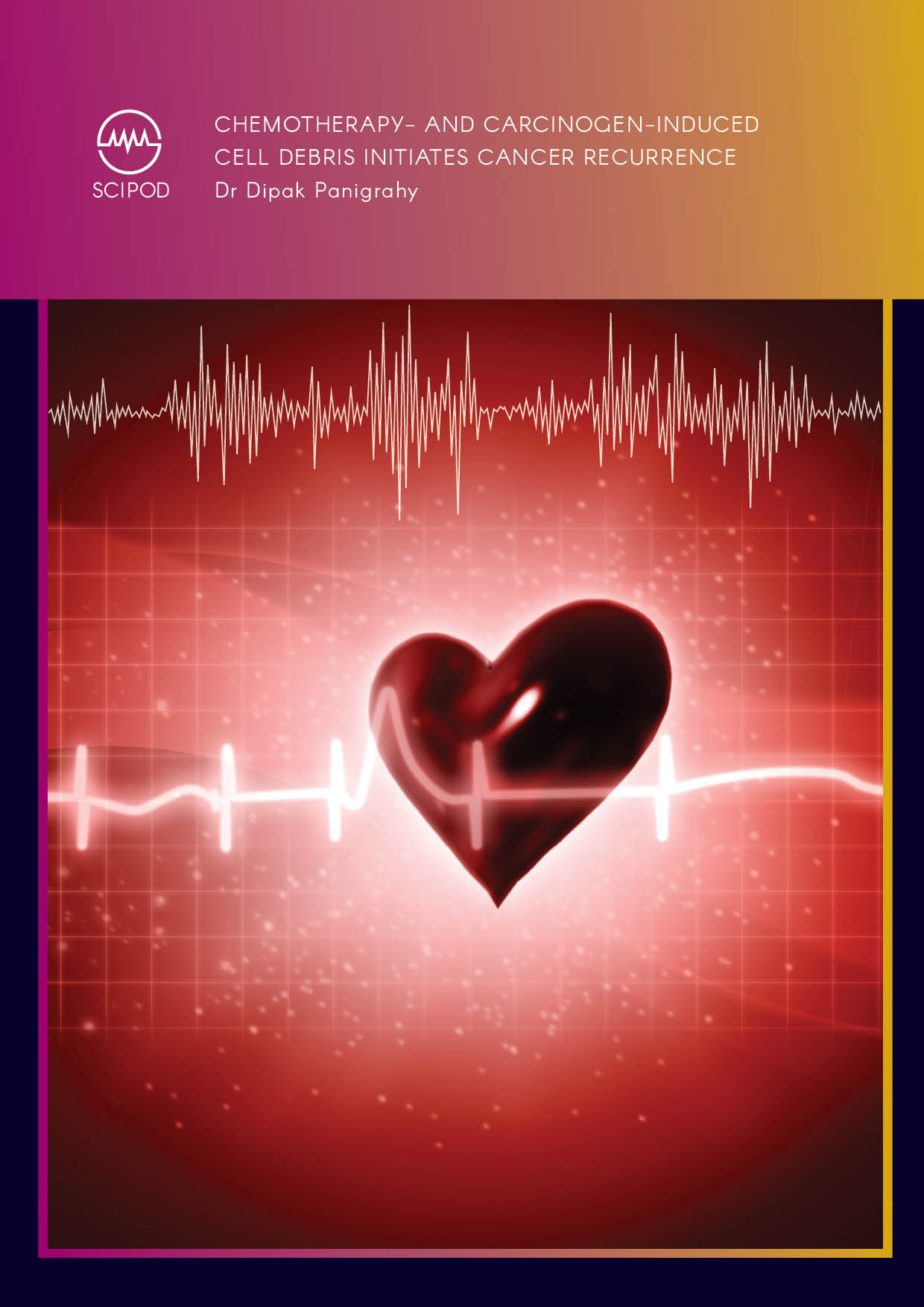
Dr Dipak Panigrahy | Chemotherapy- and Carcinogen-induced Cell Debris Initiates Cancer Recurrence
Chemotherapy, one of the mainstays of cancer treatment, can unfortunately act as a double-edged sword. While achieving the intended aim of killing cancerous cells, it also generates an accumulation of cell debris, which in turn, promotes tumour growth by stimulating inflammation in the tumour microenvironment. Dr Dipak Panigrahy and his colleagues from Harvard Medical School, USA, have conducted several studies in mice showing that targeting the tumour cell debris-mediated surge of proinflammatory and protumourigenic factors provides a strategy for enhancing the efficacy of chemotherapy.
Increase The Impact Of Your Research!
Explore partnership opportunities
Unwind without the hassle. Enjoy fresh audiobooks, delivered free!
